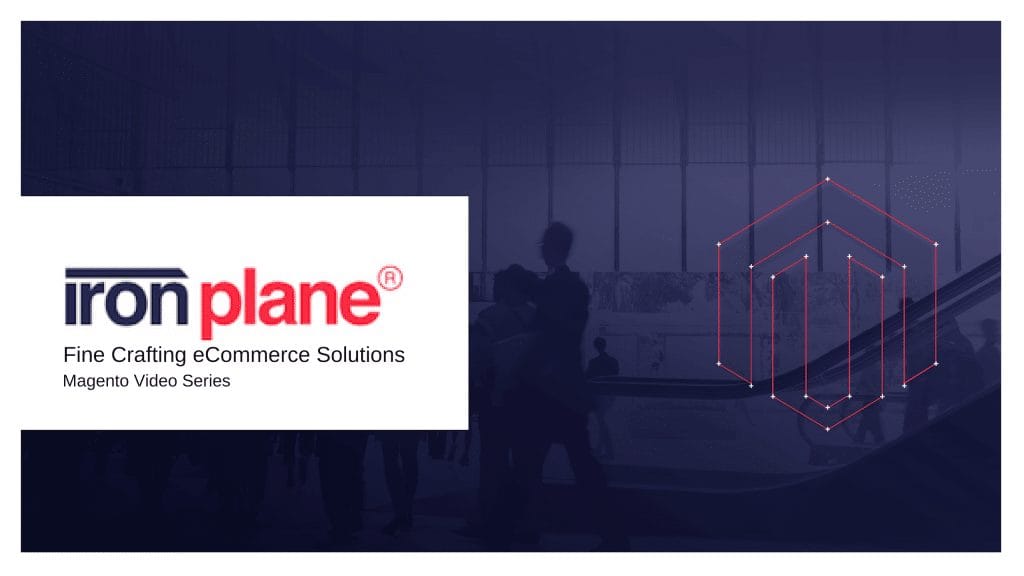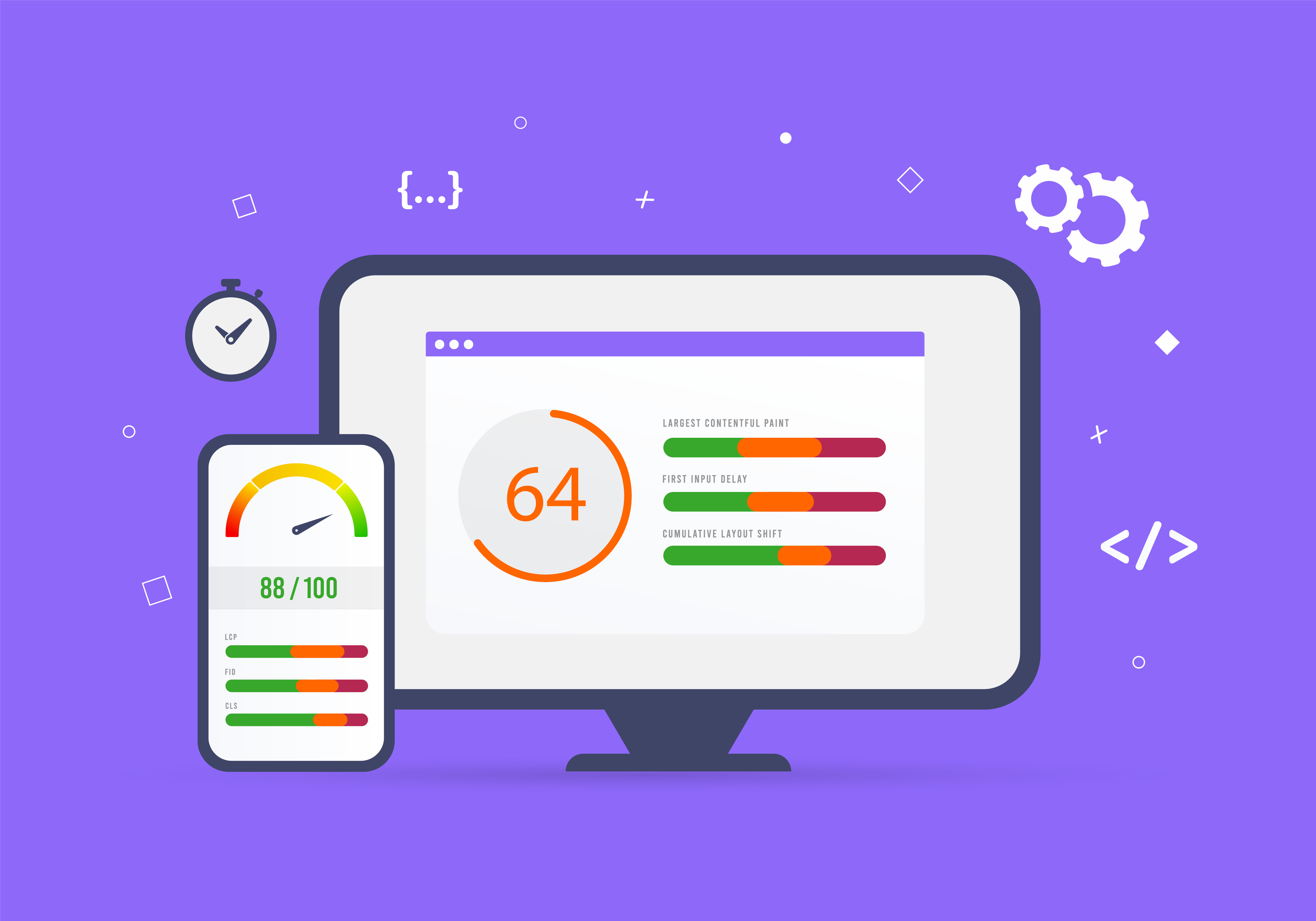Making Sense of Website Performance Metrics for Your eCommerce Business
Optimizing your website to score high in Core Web Vitals categories is crucial for enterprise businesses — here is everything you need to know about them.
2 min read
 Kristin Jordan
:
October 29, 2018
Kristin Jordan
:
October 29, 2018

Any brand with a website should have a web accessibility audit performed. This type of audit determines how well your website (or web-based application) meets the unique needs of people with disabilities such as hearing or vision impairments, which is why they are often involved in conducting them. Examples of web accessibility solutions include alternative text for images, keyboard input, and transcripts. The audits generally take a collaborative approach that keeps you involved during all crucial points of the process.
Improving the user-friendliness of your online store for everyone will no doubt increase your customer satisfaction and lead to increased sales. But following your audit’s recommendations will also translate into minimized business risks by ensuring your compliance with Section 508 regulations and Web Content Accessibility (W3C WCAG 2.0) guidelines. The goal of the latter is to provide one standard for web content accessibility that meets the needs of individuals, organizations, and governments worldwide.
The initial stage of the audit will involve performing an overview of your site to determine its level of accessibility.
A number of automated tools will be used to streamline the process to make sure it’s conducted efficiently and effectively. However, these tools won’t be sufficient if you’re considering a DIY audit, since they detect only about one-fourth of the issues. Therefore, manual inspection will also be required.
A variety of human checks can be performed to validate compliance. Individuals with disabilities frequently participate in the audit process to ensure its thoroughness. Tools such as JAWS and Dragon Naturally Speaking may also be used to see how well your site can be navigated. In addition to navigation, other aspects of the site to be assessed include keyboard access, color contrast, and underlying code.
The availability of automated tools may entice you to perform a DIY accessibility audit, but these tools rarely catch all the issues. We highly recommend teaming up with a service provider experienced with accessibility audits, in order to identify all issues and apply remedies quickly and effectively the first time around.
Once the audit has been completed, you will receive an extremely detailed, page-by-page analysis of your website. The report will identify the exact spots with issues that need addressing, and will provide specific remedies you can apply, with examples.
A chart will detail the exact steps needed for compliance with Section 508 regulations and W3C WCAG 2.0 guidelines. You will also be provided estimates for how long and how complex a process it will be to apply the remedies.
Overall, the audit will provide you with:
After the audit has been completed and all necessary remedies have been applied, a final audit will take place. During this step, experts will go back through the site to ensure that it is now fully accessible. Once your site passes, you will receive a website accessibility certification.
Whether you’re starting a new site, migrating to Magento, or improving your existing store; contact us for a free consultation.

Optimizing your website to score high in Core Web Vitals categories is crucial for enterprise businesses — here is everything you need to know about them.
.png)
Website accessibility ensures that any user can easily navigate your site, learn about your products, and make purchases.

Our Magento site optimization guide covers best practices to improve website performance. We also review our development agency's process and case studies.